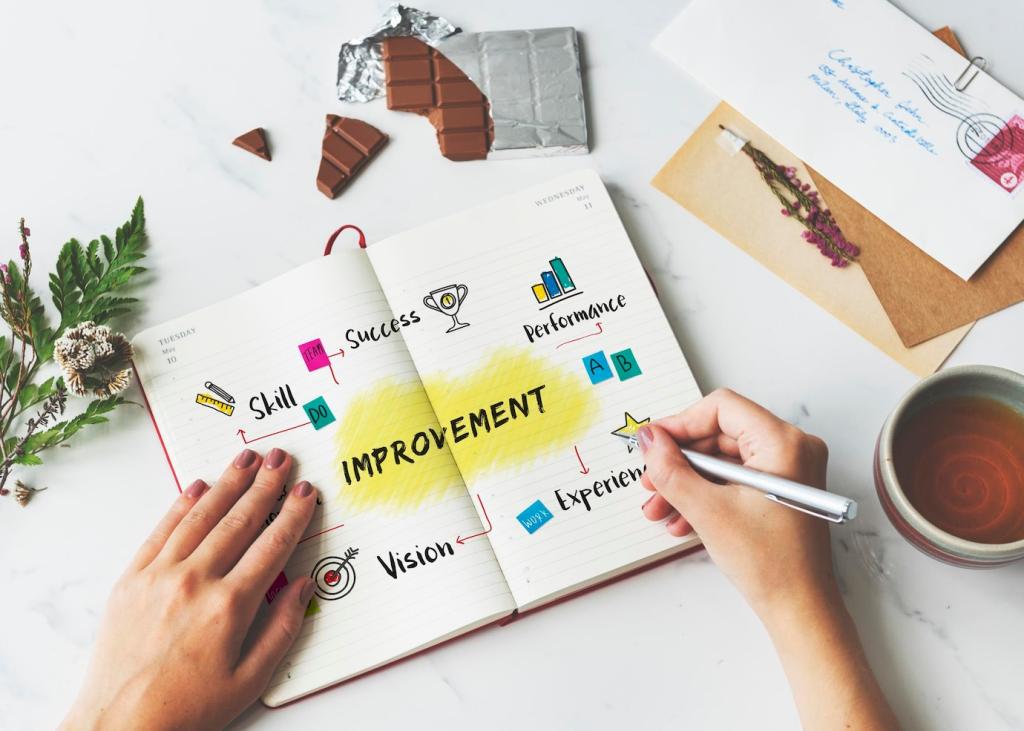Layout That Guides Focus and Flow
Divide your home office into clear activity zones: a focused desk for deep work, a small standing area for quick calls, and a reference corner for printing or filing. This physical separation reduces context switching and helps your brain shift gears deliberately.
Layout That Guides Focus and Flow
Position your desk so your primary view is calm and uncluttered—ideally facing natural light at an angle, not directly. Avoid sightlines toward household traffic. A thoughtful view reduces micro-distractions and quietly extends your focus stamina.



